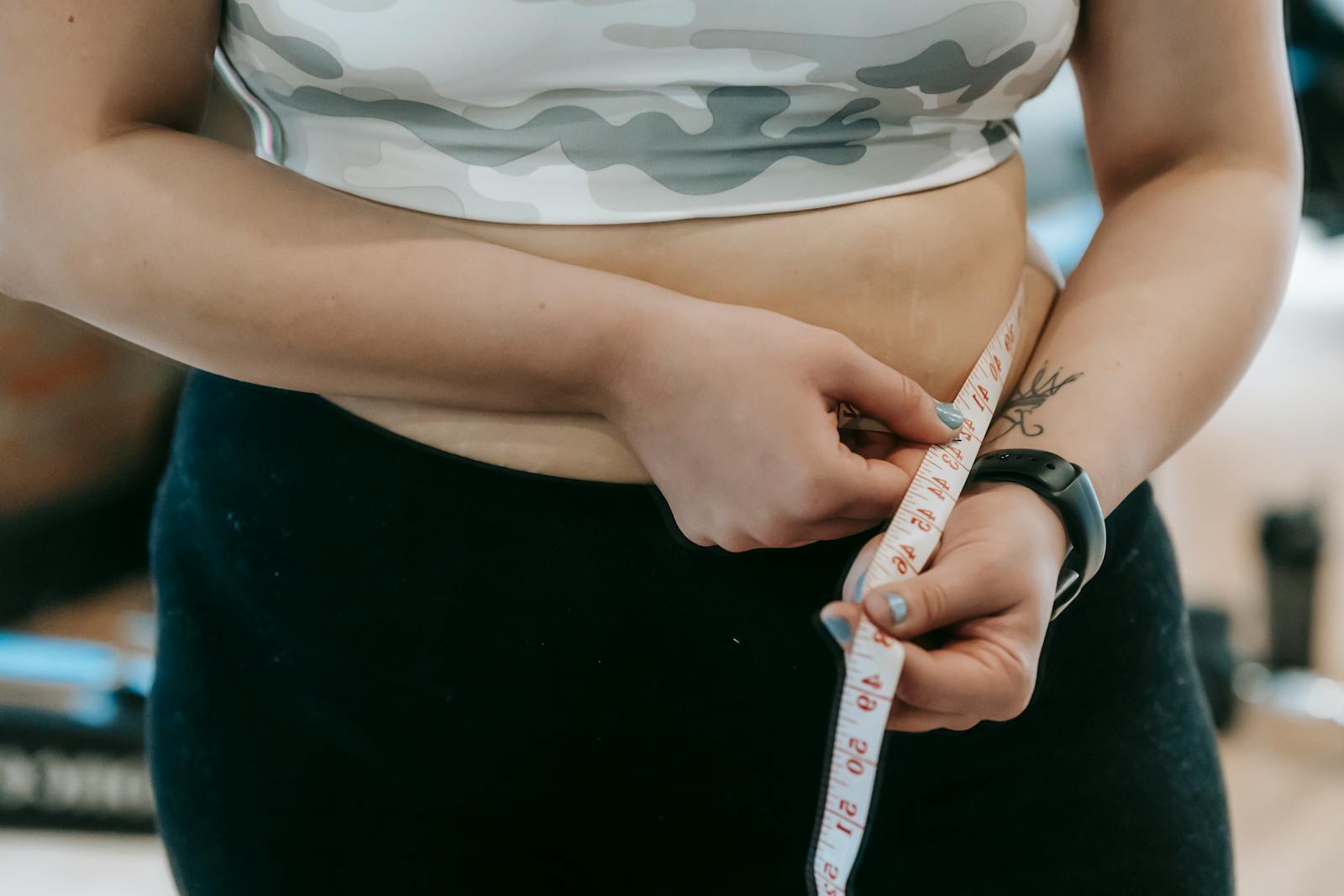Understanding Dry Hair
Dry hair is a common cosmetic concern characterized by strands that lack moisture, appearing brittle, dull, and lifeless. Often, hair becomes dry due to insufficient production of sebum from the scalp or from repeated chemical treatments such as coloring, bleaching, or perming. Over time, these factors compromise the hair’s natural protective layer, making it rough, fragile, and prone to static and tangling.
Dry hair can be hereditary, although its presence may only become noticeable with age, similar to how our skin changes over time. External factors also play a significant role: frequent use of hairdryers, curling irons, exposure to sunlight, and salty beach winds can all exacerbate dryness. Even diet influences hair health; it can take about three days for nutrients consumed to reach the hair, but consistent poor nutrition can gradually reduce hair vitality.
Environmental and Water Factors
The protective cuticle of each hair strand can open under stress, leaving hair more vulnerable to external aggressors such as pollution, cold, and UV rays. Water quality also matters. Alkaline water or water with high mineral content, like the hard water found in Portugal, can strip hair of natural oils and contribute to dryness. Additionally, hair care products do not work uniformly across all individuals. Personal experimentation is key to finding the most compatible shampoos, conditioners, and treatments for your unique hair type.
Water temperature is another crucial consideration. Avoid excessively hot water when washing your hair. Lukewarm or cold water preserves moisture and prevents further damage. This principle mirrors broader dermatological advice on avoiding hot water for skin health, especially in winter.
Chemical Treatments and Professional Guidance
If your hair has undergone chemical procedures like straightening or keratin treatments, it is essential to consult the professional who performed the treatment. These procedures typically include a recommended routine of shampoos and conditioners to maintain results. Attempting to improvise with different products without guidance can lead to unsatisfactory results or further damage.
Effective Home Remedies
For those seeking natural options, several home treatments can restore softness and hydration:
- Yogurt and Honey Mask: Mix a cup of natural yogurt with a tablespoon of honey, apply to the hair ends, cover with a shower cap for 15 minutes, rinse thoroughly, then follow with shampoo and conditioner for dry hair. The proteins in yogurt help reinforce and hydrate strands.
- Avocado, Olive Oil, Honey, and Milk Mask: Blend one avocado with a tablespoon of olive oil, a tablespoon of honey, and a cup of milk. Apply to the hair and wrap in a warm towel or use a thermal cap for 30 minutes. The natural fats in avocado, combined with milk and honey, help soften and deeply moisturize hair.
Choosing the Right Products
Specialized shampoos and conditioners for dry hair are widely available. Selecting products suited to your hair type requires some experimentation. Trusted brands and formulations containing ingredients such as:
- Macadamia
- Bovine marrow (tutano de boi)
- Keratin
- Jaborandi
- Cotton extract
- Semi di Lino
- Wheat germ
- Ceramides
- Vitamin A
These ingredients help restore moisture, shine, and vitality. Hydrating ampoules can also be mixed with creams for extra nourishment. Silicone-based finishers can smooth hair ends, but should be applied sparingly to avoid a greasy look. Use one or two small drops, rub hands together, and lightly smooth over the tips and frizz-prone areas.
Practical Hair Care Tips
- Wash hair with lukewarm water to preserve natural oils.
- Use hydrating shampoos, conditioners, and hair creams designed for dry hair.
- Treat hair with intensive masks weekly or every 20 days depending on dryness.
- Apply pomades or hair fluids sparingly to tame stubborn strands.
- Alternate hairdryer temperature between warm and cool settings to prevent further drying.
- Shampoos should be applied from roots to ends, preferably those with gentle detergents, neutral pH, and no added salt.
- Conditioner should be applied to the hair strands rather than the scalp.
If you notice persistent dryness, scalp issues, or excessive hair shedding, consulting a medical professional or dermatologist is advised to rule out underlying conditions.
Ultimately, managing dry hair is about understanding your hair’s unique needs and combining the right products, treatments, and lifestyle habits. Environmental factors, diet, and careful handling are all part of maintaining healthy, hydrated hair. With consistent care, including appropriate professional guidance and well-chosen home remedies, it’s possible to revive even the most brittle hair, restore shine, and enjoy a healthier, more resilient mane.




